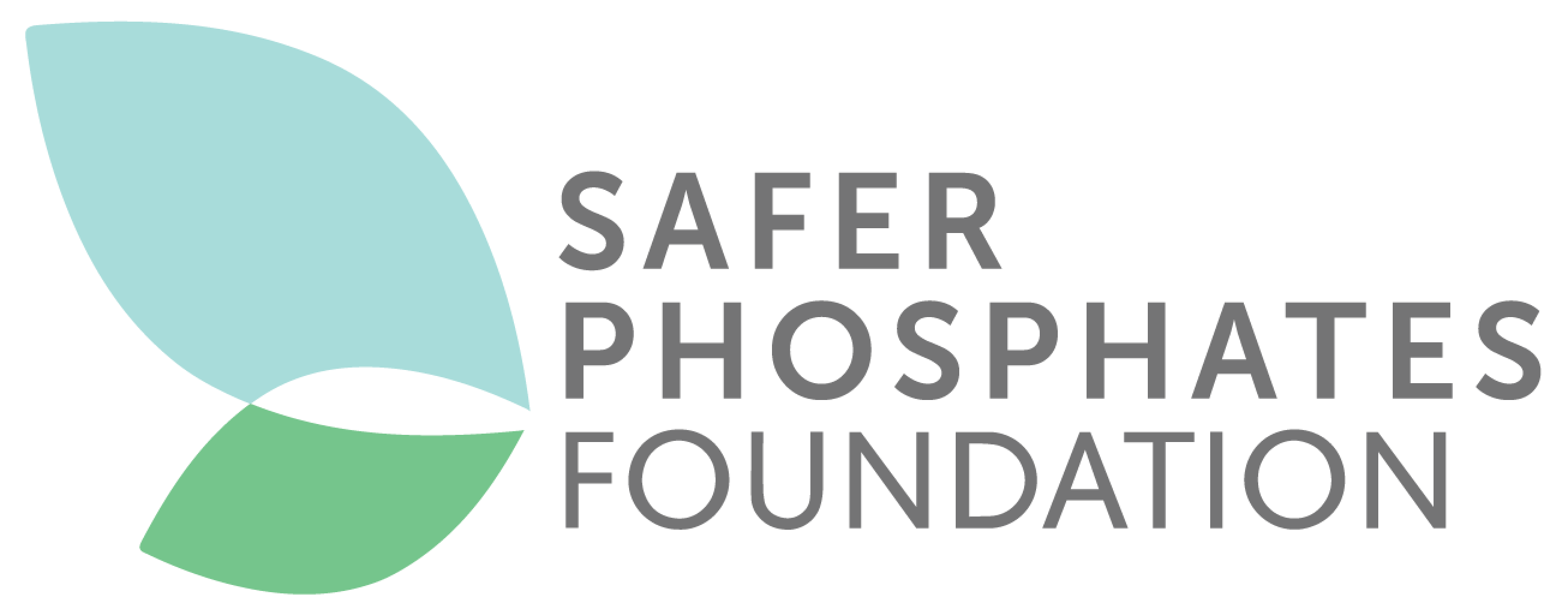In 2011, the European Union put in place the Biodiversity Strategy for 2020 aiming to halt the loss of biodiversity and ecosystem services in the EU and help to stop global diversity loss. This strategy reflected as such the commitments taken by the EU within the International Convention on Biological Diversity (CDB) which follows the following three main objectives:
The conservation of biological diversity
The sustainable use of the components of biological diversity
The fair and equitable sharing of the benefits arising out of the utilization of genetic resources
Yet, the assessment of the Biodiversity Strategy to 2020 showed that the commitments and ambitions were still far from being fulfilled.
)
Under the Green Deal, Commission President Von der Leyen announced upcoming stronger measures to preserve and restore the EU’s ecosystems and to integrate new standards for biodiversity in trade, industry, agriculture and economic policy.
As such, the new EU Biodiversity Strategy published this week outlines the EU’s position for the global negotiations on the post-2020 global diversity framework to be adopted at the 15th Conference of the Parties to the UN Convention on Biological Diversity in October 2020, Kunming.
Through the publication of the Roadmap on the Biodiversity Strategy 2030, Safer Phosphates™ welcomes the holistic approach that the European Commission is taking to protect and maintain biodiversity.
In parallel to the European front, the International Day for Biological Diversity (IDB) on 22nd May 2020 will fall this year under the theme “Our solutions are in nature”, emphasising hope, solidarity and the importance of working together at all levels to build a sustainable future.
)
In this year of reflection, opportunity and solutions, Safer Phosphates™ is consistently and strongly committed in this fight by working with legislators and other relevant organisations to share knowledge on the negative heavy metals present for biodiversity and the human food chain.
In addition to playing its part in informing and educating its audiences, Safer Phosphates™ also puts forwards the perspective of a safer, more sustainable future for agriculture through the use of Phosphates with lower heavy metal content.
In this context and in view of the upcoming Biodiversity Strategy for 2030, Safer Phosphates™ calls upon the European Commission to apply these efforts consistently across all EU policies (CAP, Fertilisers Regulation, Farm-to-Fork, and Biodiversity Strategy) in order to ensure coherence between all the available and upcoming tools.
Secretary General of Safer Phosphates

